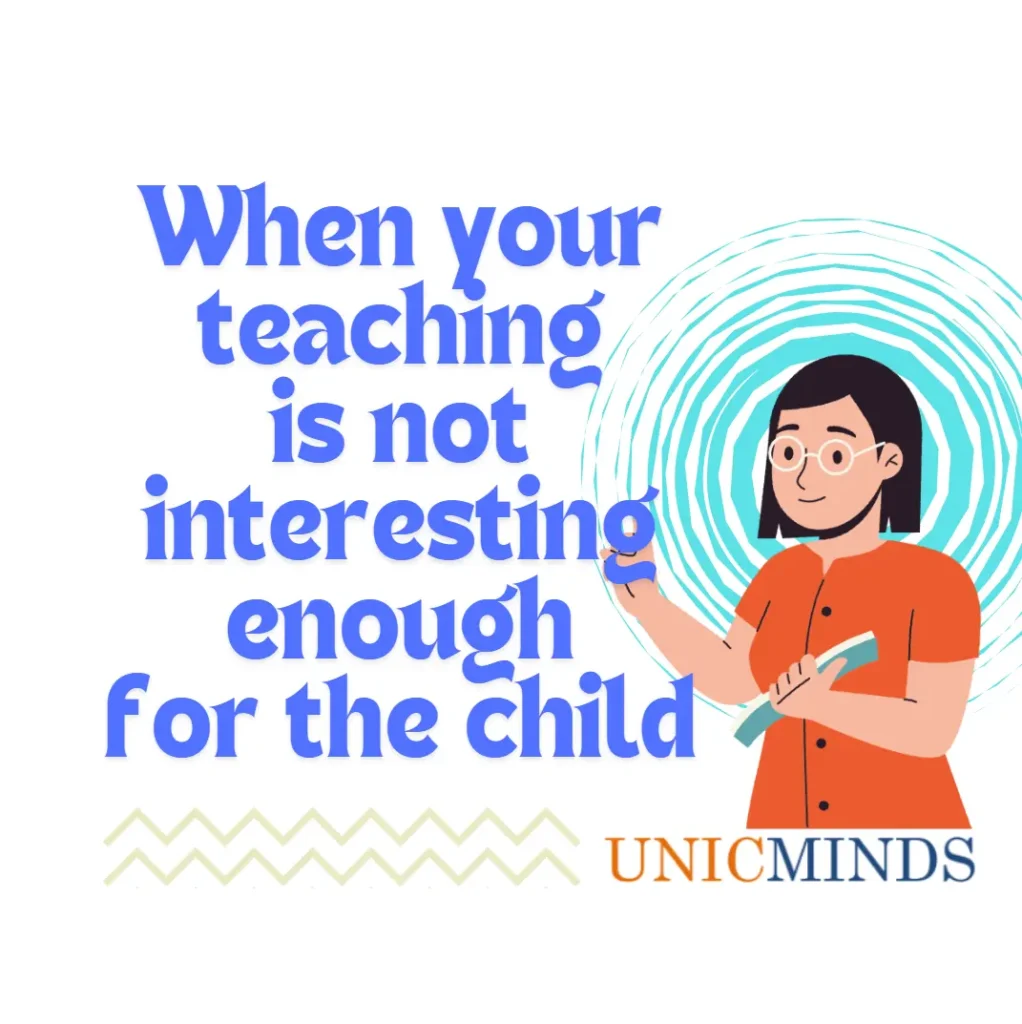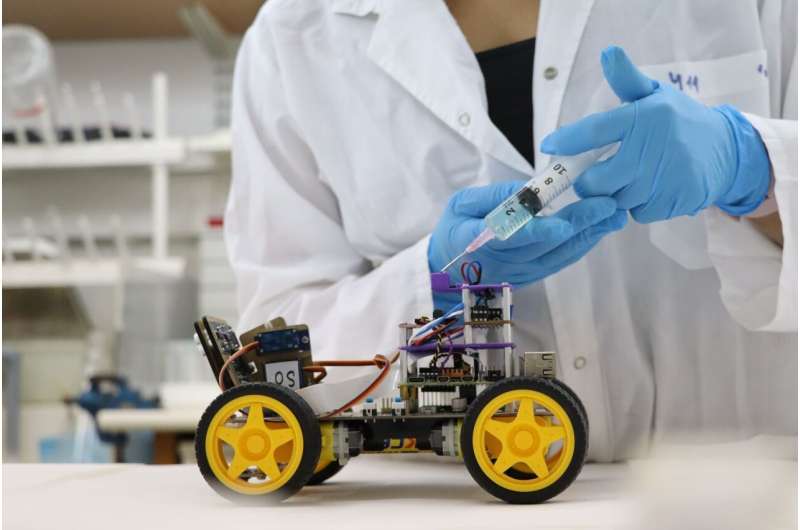All children want to succeed, and all teachers want their students to succeed. However, it is important to recognize that just because the intention is there doesn’t mean the methods of teaching and learning will always work wonders. Occasionally, there will be a situation where the teaching and learning are not getting along.
Some of the signs that the teaching and learning of the child are not getting along are:
- Student comes late to the class
- The child will take more breaks during the class
- The child will usually parrot the action or the steps discussed and will not try to intuitively understand the concept and apply it with curiosity
- The child is not very responsive or interactive
- Not regular in homeworks or pre-readings
- Doesn’t laugh much wholeheartedly in the class
- Seems to be confused in the class
- Withdrawal behavior by the student
Learning well is more important than knowing all the terms – Often, young children want to learn all the cool terms really fast; they may not necessarily understand them in detail. It is important as teachers and guardians to ensure that they’re learning the basic concepts well and the learning is not just shallow “know all the keywords and terms” kind. There is no harm in knowing terms, but it is important to tell them that real learning is not about knowing terms and keywords. Real learning is deeper than that and it will need commitment and patience to learn at depth to learn the real application and use of a topic. Nobody becomes an astronaut in a year!
Have fun learning – it is very important to have some fun in life in anything you do, if not you’ll really question yourself to the core. Similarly, we believe it is very important for a child to have some fun while learning and for the teacher to have some fun while teaching and doing the hard stuff. If not, the teacher should question themselves on the methods of their teaching. Most teachers would make their students laugh while teaching well at the same time – this is a sign that the class is actually working well.
Parents are the first heroes and teachers meet many students – Parents are the first heroes as they spend more time with their child and hence they understand the child well. However, teachers see more breadth in terms of similar age group children and teaching the same subject to many similar age group children. So, one has depth of knowledge on the child and the other has breadth of knowledge on similar age group children and learning styles and interests. Both the inputs have to be considered with equal weightage to understand and inculcate for the best of the child development. Often there is a bias towards one data input more than the other or there is pressure to look at one as more important than the other. It is very important for parents and teachers to recognize that they both see very different sides of the same coin and hence their views have to be integrated and not overridden
If you cannot explain well to a child, then you don’t understand the topic very well. There is no doubt that when you understand a topic well, you can reduce it to simple terms and explain it to a child. In the personal teaching experience of teaching many children, often difficult concepts can be grasped by very young children through just the ability of the teacher to mould the concept in simple terms for that particular child.
Set small achievable goals – The greatest things in life can happen when you set small improvements everyday. James Clear is one of our favourite thinkers on this aspect and the compounding of everything in life is so true when you act daily with discipline. Slowing things down is not something that we like to do, but there is no harm in it. It is important to slow down things and do things well rather than doing many things at a shallow level.
Leverage children’s interests – Sometimes a child is not very interested in the topic that you’re teaching. Connect the dots with how this topic is relevant to their own interests. Talk a little bit about their interests and involve them and care for their well being. This makes the child happy and the child in response will be a bit more reciprocative in his or her approach to the subject.
Everyday life connection – Connect the learning material to everyday life situations and examples. This makes the material relevant and helps the child retain and apply the subject well.
Reward them with incentives, gamify the learning process – Provide incentives such as points system to reinforce learning and reinforce certain desired actions such as recollecting past class learnings or completing homeworks with points, rewards, and competition among peers. Try to gamify the learning and application for the child in ways that the child finds it interesting.
A class is usually working well if we can make them curious enough for a new thing and make them have fun while exploring and learning on their own.
Like all changes in life, learning and teaching can be not fun sometimes. It is important to accept that for both parents and teachers. However, each child is unique, and what motivates one may not work for another. We should try various strategies and observe what works and try to be adaptive in our approach to a large extent to meet various learning styles and intelligences. It is important to not take a decision or judge immediately and stick patiently with a certain approach for a slightly longer duration. Often in the modern world, the one important thing we all lack is patience. This is why we always recommend people to spend time with nature. Nature tends to slow things down for us – nature is always working patiently and slowly and yet everything is achieved with awe and beauty.
Hope this is useful, thank you.
You may like to read: How to fuel curiosity in children?, Developing Leisure Reading in Children, & How Kids Learn Through Play?




